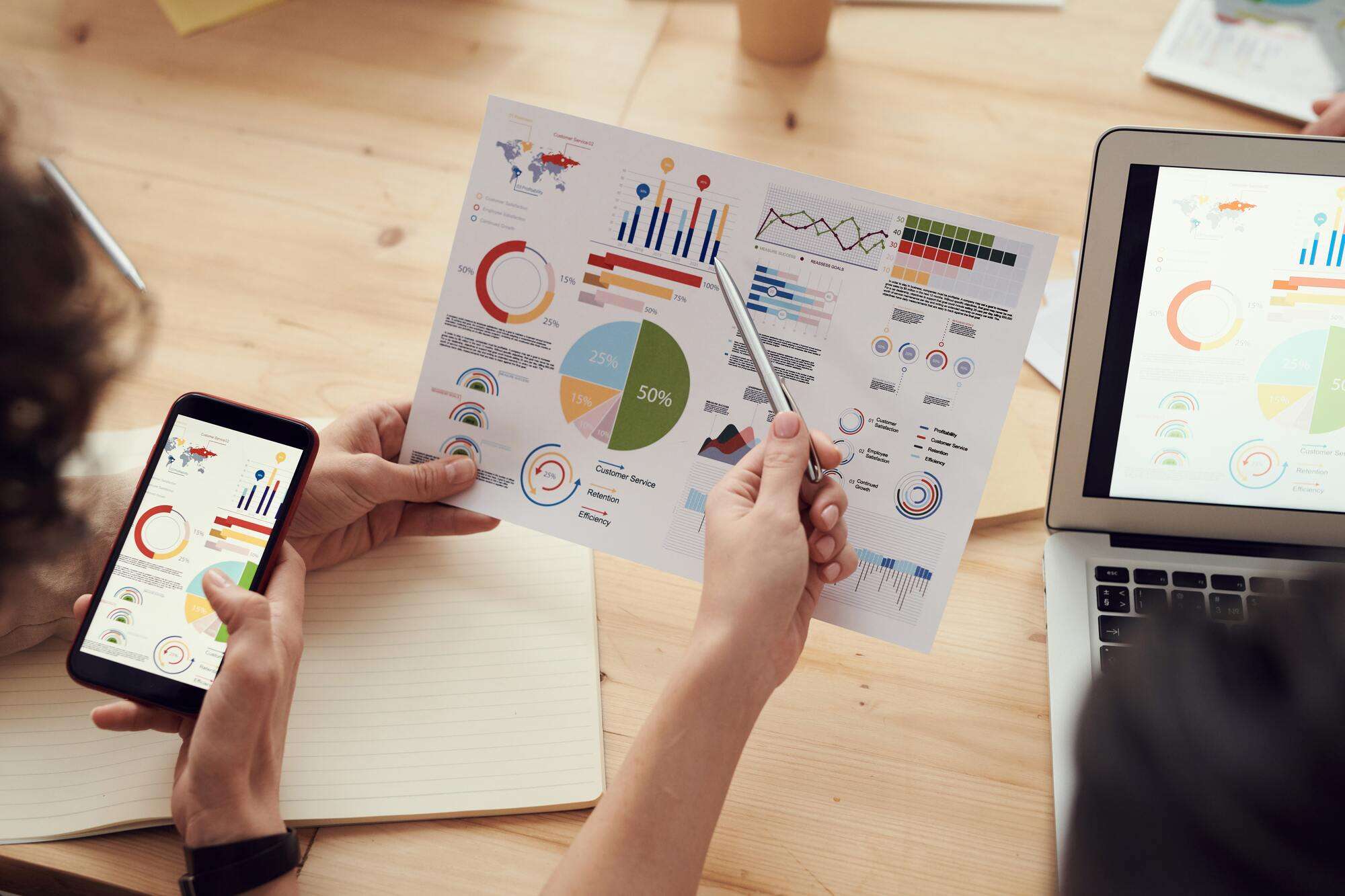One key component of your final year project is data collection, to have an error free research, you need a research design which will entail your data collection method and research technique. Whether you are doing descriptive, correlational, comparative or experimental research, you need some form of data to aid your analysis. In this article, we are going to guide you on how to choose an effective data collection method for your research
Table of Contents
How to Choose an Effective Data Collection Method for your Final Year Research
What are data collection methods?
Data collection methods are ways of directly measuring variables and gathering information. They allow you to gain first-hand knowledge and original insights into your research problem. You can choose just one data collection method, or use several methods in the same study. Like I always advise student, your choice of method depend first on the scope of your research
Types of Data Collection Methods
There are two main survey methods to choose from:
- Ask people to fill out questionnaires themselves.
- Conduct interviews where you ask questions and record the answers.
- Collection of data through observation
Ask people to fill out questionnaires themselves
Questionnaires are more common in quantitative research. They usually include closed questions with multiple-choice answers or rating scales. This allows you to collect consistent data from many people and analyze the responses statistically. For example, if you want to measure students’ satisfaction with their online classes, you could use a questionnaire to collect responses from many students.
Conduct interviews where you ask questions and record the answers
Interviews are more common in qualitative research. They usually allow participants to answer questions in their own words. For example, you could conduct interviews to understand how teachers prepare for online classes and explore which aspects they struggle with.
Unlike with questionnaires, you can ask follow-up questions and explore ideas in more depth. However, interviewing is more time-consuming and usually involves a smaller group of participants.
Collection of data through observation
Observations allow you to collect data unobtrusively, observing characteristics, behaviors or social interactions without relying on self-reporting. For example, to research teachers’ skills in online teaching, you could observe their classes directly. Observations may be conducted in real time, taking notes as you observe, or you might make audiovisual recordings for later analysis.
Quantitative observation involves systematically measuring or counting specific events, behaviors, characteristics, etc. With this method, it’s important to have clear, objective rules to ensure you count the same thing consistently.
For example, let’s say you’re collecting data on how often teachers have tech problems – does an internet connection issue count, or will you only include problems that are within the teacher’s control? You need to clearly define the categories and criteria of your observation in advance.
Qualitative observation involves taking detailed notes and writing rich descriptions of what is observed. This means you don’t have to decide in advance how to categorize your observations. For example, in an ethnographic study, you might take notes describing how students and teachers interact in the online environment.
In theory, observations allow you to collect data on how people really behave (and not just how they say they do). But keep in mind that being observed may make people behave differently than they normally would.
Other Data Collection Methods
There are many other data collection methods that are common in different fields. Here are a few examples: In media and communication, you might collect a sample of texts to be analyzed (e.g. speeches, articles, or social media posts).
In psychology, you might use technologies like neuroimaging, eye-tracking, or computer-based tasks to measure things like attention or reaction time. In education, you might use tests or assignments to collect data about knowledge and skills.
In the physical sciences, you might use scientific instruments to measure things like weight, blood pressure, or chemical composition. But wait – what if you don’t have the time or resources to collect data from the population you want to study? Instead of collecting your own data, you can use secondary data that other researchers already collected – for example, datasets from government surveys or previous studies on your topic.
With this raw data, you can do your own analysis to answer new research questions that weren’t addressed by the original study. Using secondary data gives you access to much larger and more varied samples than you could collect yourself.
However, it also means you don’t have any control over which variables to measure or how to measure them, so the conclusions you can draw may be limited. If you’re struggling to choose the best methods for your research, try reading relevant studies in your field to see how they went about it.
Once you know which methods you want to use, you also need to plan the details of how you’ll use them.
